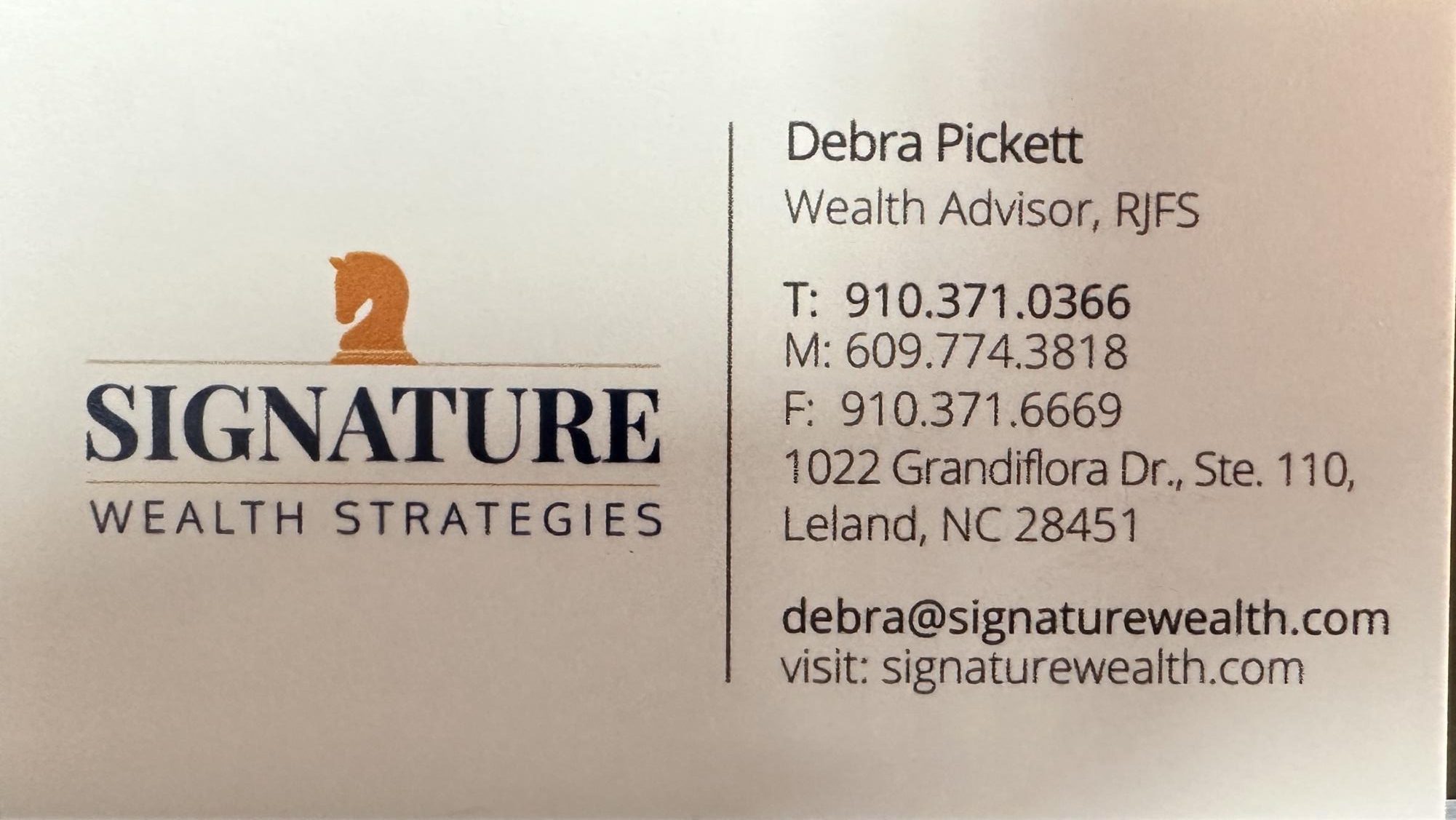Kick Off the 2023 Golf Season with Spring Tune-Up Tips!
April 1, 2023

During play lessons with students, I find there are some common themes that might help many golfers with strategy ideas that could reduce score and increase satisfaction.
- Damage Control. Most golfers seem to choose the low percentage shot that hasn’t been practiced enough to be sustained or isn’t what one could call a ‘green light’ trustworthy shot. In a situation where a long club (3 wood, 5 wood, long hybrid) MIGHT run up onto the green between hazards or obstacles guarding both front sides of the green (33% chance it will), would it ever be worthwhile to 100% leave it short of the danger? Pitch or chip on at a higher percent certainty and then 1 or 2-putt with more certainty (assuming your short game and putting are on). Score can definitely be lowered by some pre-planning and different strategy, as well as improving short game and putting skills! Play the percentages…Reducing putts and short shorts near the green is the fastest way to lower score for most golfers.
- Club Selection. Many golfers don’t take enough club power for various reasons. Often, this makes one swing harder than necessary and interrupts the fluid swing motion that can affect direction and solid contact. ow often is one short or to the side of the green instead of over the green? Test this one day by taking 1 more club than you think you need all day. Best yet, play a few holes in the late afternoon doing this experiment instead of during a round with your group when it counts. ‘Practice play’ for 3-9 holes during course downtime with a few shots each hole before moving on. It’s a vital part of the motor skill learning process–the scrimmaging on-course vs. just hitting balls at the range.
- Play to one’s strength. Often, we see golfers forget their strengths in their games. For example, if one has a great short game and it’s more reliable than a fairway wood, why not lay-up, chip and then 1-2 putt instead of hitting an unreliable long club into trouble? Control the next shot at the current shot’s decision. Know where and when to miss it well and have a plan. A well-planned alternative shot might add a stroke to one’s score but could potentially save 2-3 shots overall. Imagine if a ‘blow-up’ hole was only 1 shot higher.
- Play from the appropriate teeing ground. Many golfers play from teeing grounds that are too long for their game for various reasons. It’s not so much the drive distance but the second shot distance that is troublesome. There are now charts (like a ski slope chart) with suggested course yardages based on driving distance and swing speed of a golfer. Tees are no longer based on gender or age, just driving distance capacity. If Touring Pros are hitting driver and then mid-iron or hybrid into a green on a Par 4 or a short on a Par 3, amateurs should have that opportunity as well. It’s about enjoying the game, pacing of play, and being able to hit shorter clubs into the greens that have higher trajectory and less roll. Visit http://www.longleafteesystem.com/#driver-carry-distance-formula to see where your carry distance places you on the teeing ground chart.
For more golf tips, videos or contact information, visit www.nicoleweller.com.




















